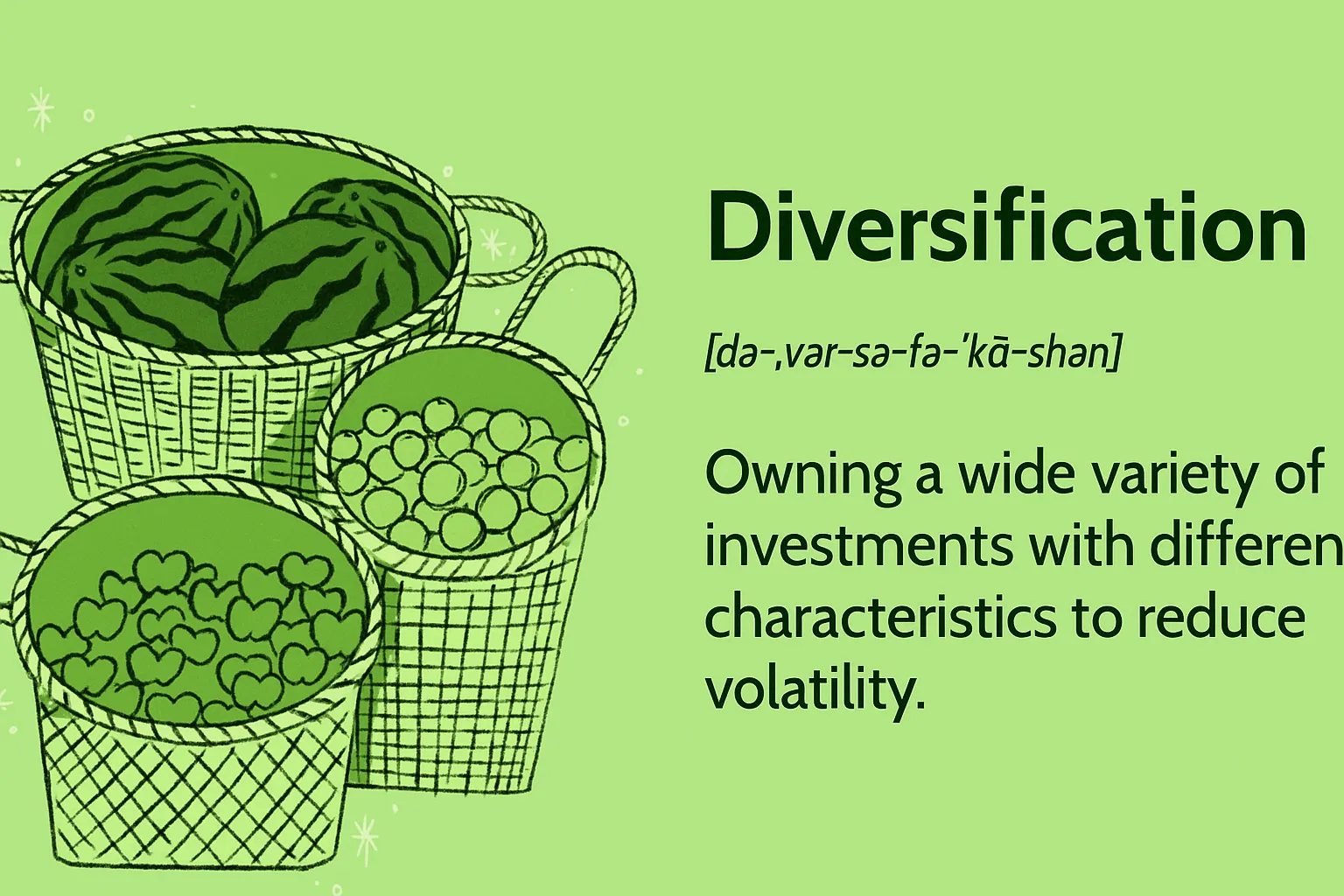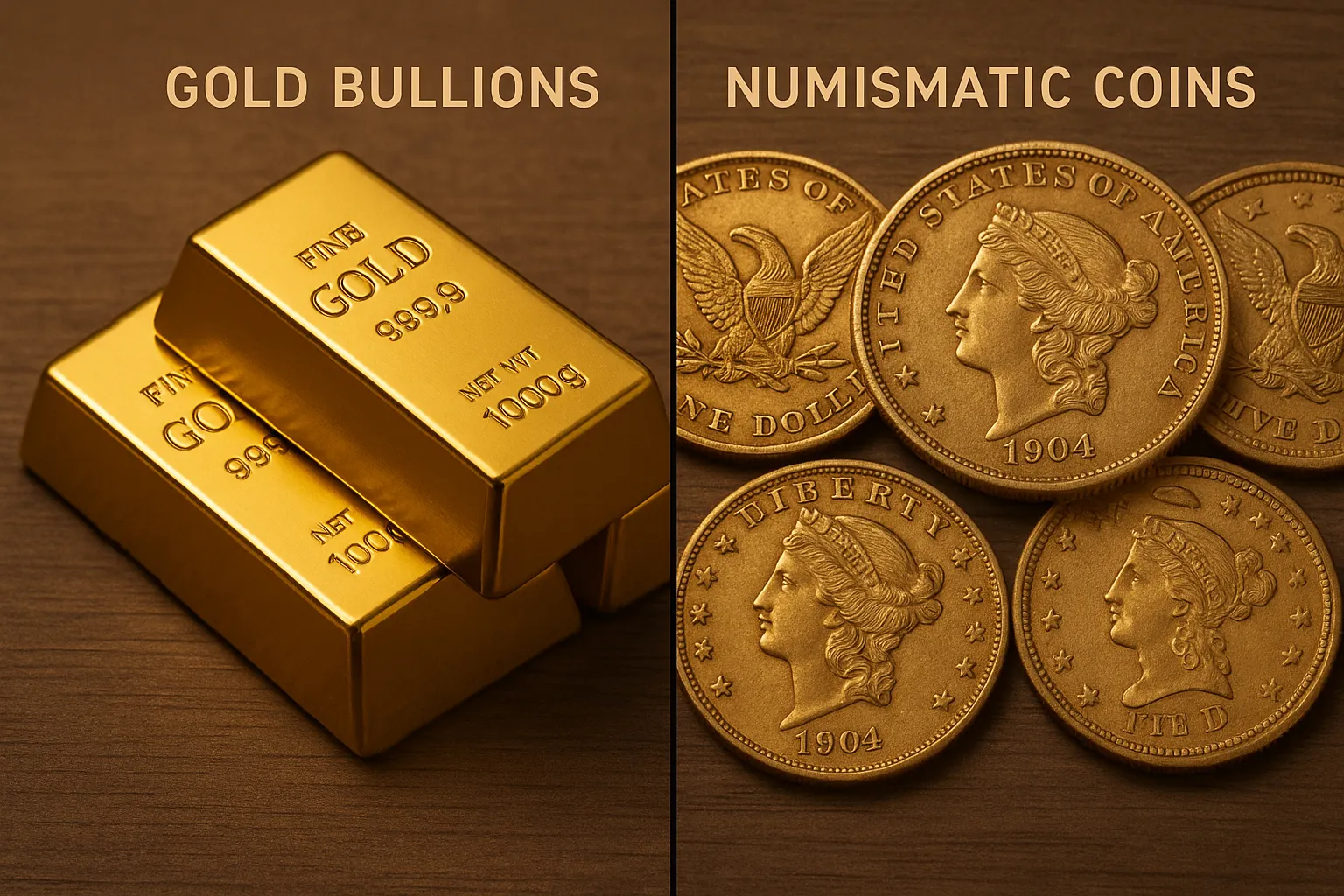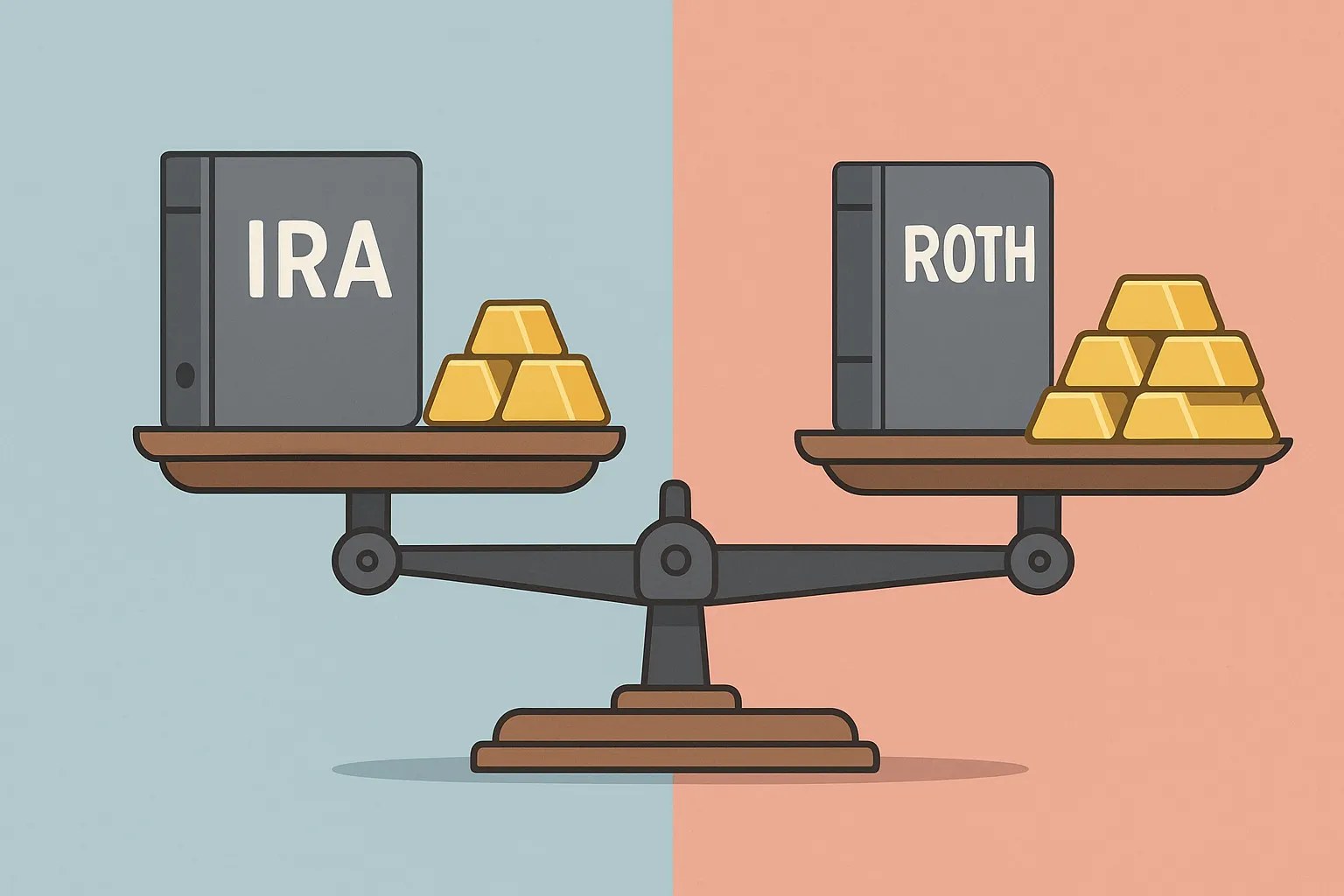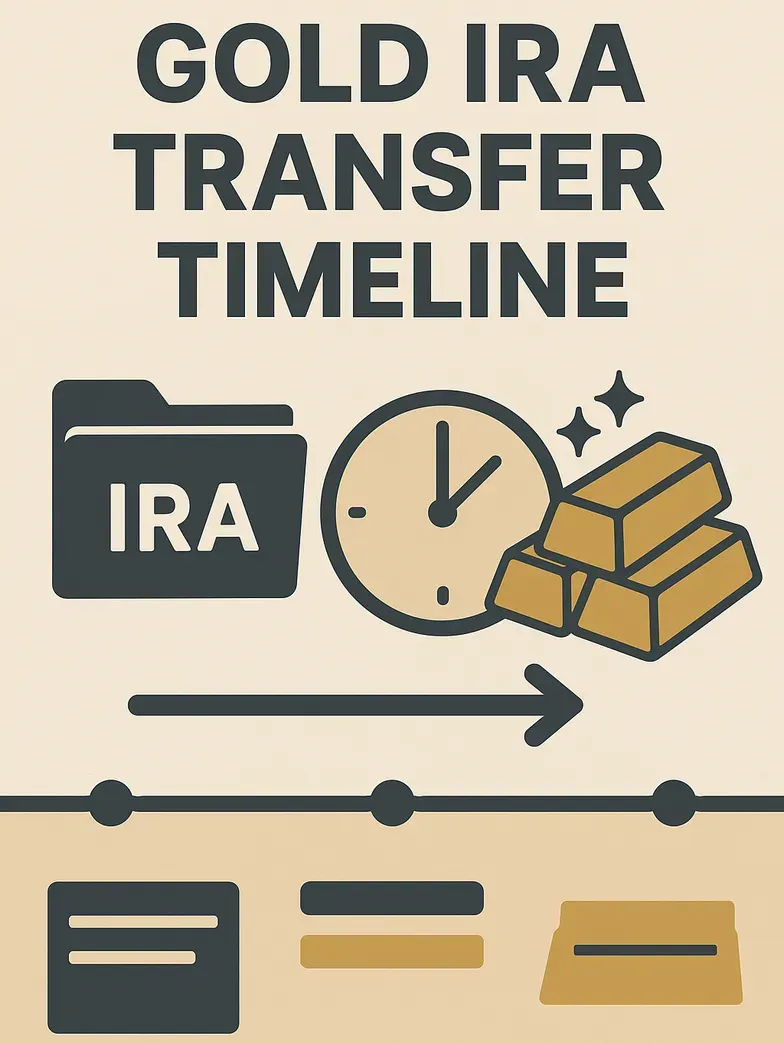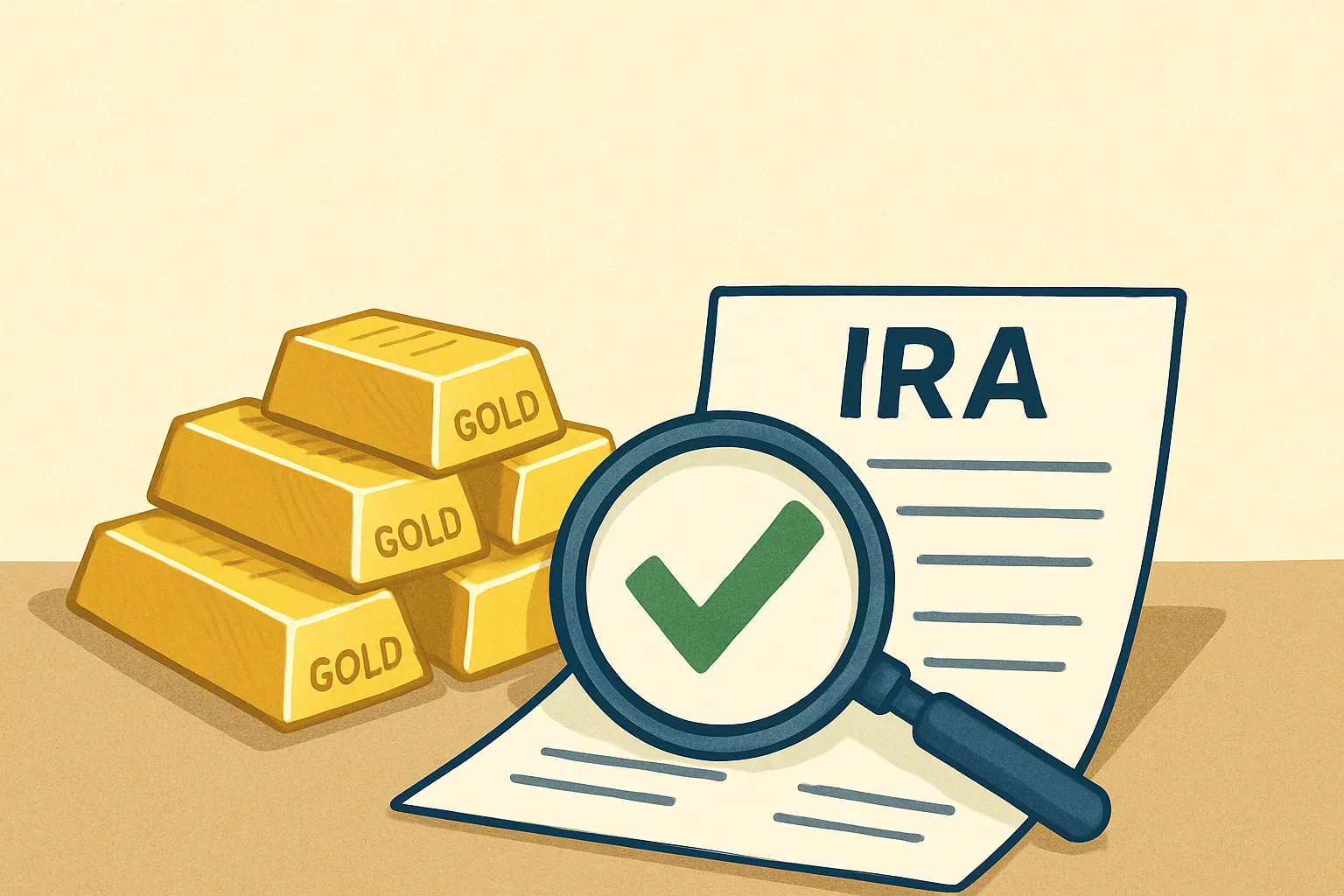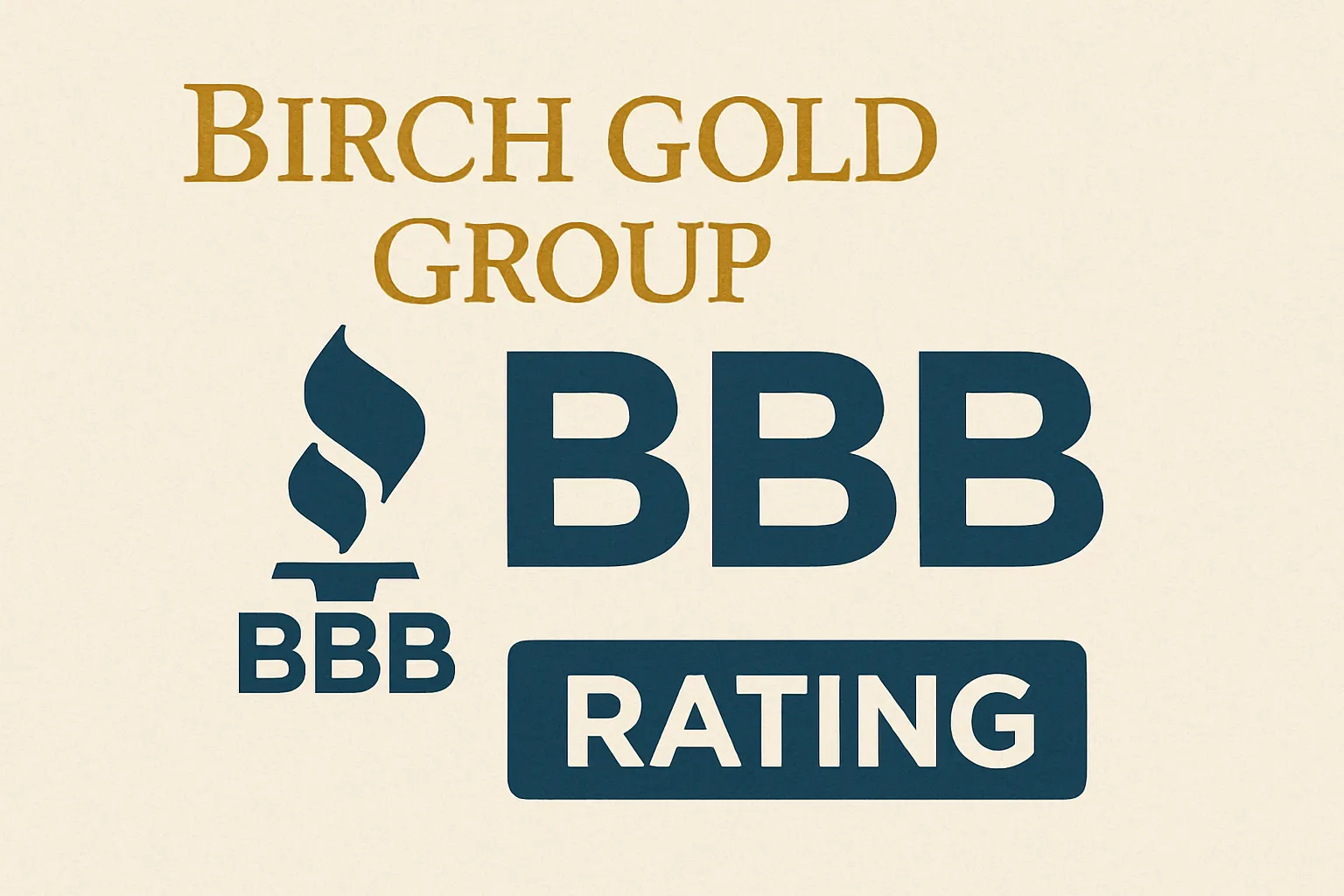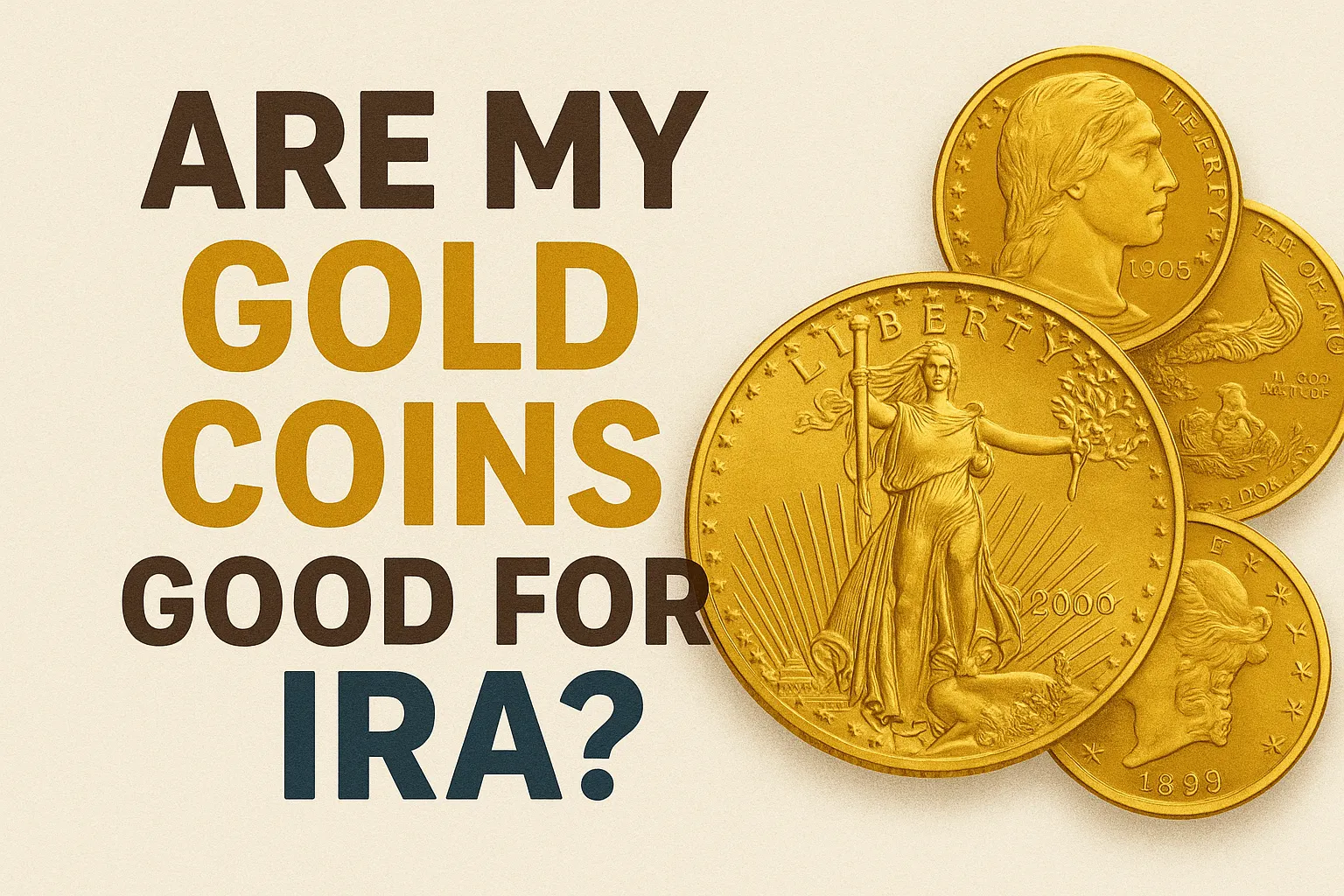Gold IRA for Over 50s: Your Complete Guide to Precious Metals Retirement Planning
Are you staring at your retirement account balance wondering if it's enough?
If you're over 50, you're not alone. With inflation eating away at purchasing power and traditional investments showing volatility, many pre-retirees are asking tough questions about their financial security.
Here's the reality: The average American has saved only $65,000 for retirement by age 55. Meanwhile, experts suggest you'll need 10-12 times your annual income to maintain your lifestyle in retirement. That's a significant gap that requires strategic thinking and smart diversification.
A Gold IRA could be the missing piece in your retirement puzzle. This specialized retirement account allows you to hold physical precious metals alongside traditional investments, providing a hedge against economic uncertainty when you need it most.
What Exactly is a Gold IRA?
A Gold Individual Retirement Account is a self-directed retirement account that holds physical precious metals instead of traditional paper assets. Unlike your typical IRA filled with stocks and bonds, a Gold IRA contains actual gold, silver, platinum, or palladium coins and bars.
Here's how it works:
- A specialized custodian manages your account
- Physical metals are stored in an IRS-approved depository
- You maintain the same tax advantages as traditional retirement accounts
- The metals must meet specific purity standards set by the IRS
Types of Gold IRAs Available
Traditional Gold IRA
- Contributions may be tax-deductible
- Growth is tax-deferred
- Withdrawals taxed as ordinary income in retirement
Roth Gold IRA
- Contributions made with after-tax dollars
- Tax-free growth and qualified withdrawals
- No required minimum distributions
SEP Gold IRA
- Designed for self-employed individuals and small business owners
- Higher contribution limits than traditional IRAs
- Employer contributions are tax-deductible
Why Gold IRAs Make Perfect Sense After 50
Catch-Up Contribution Advantage
Once you hit 50, the IRS allows additional "catch-up" contributions to retirement accounts. For 2024, you can contribute:
- $7,000 to a traditional or Roth IRA (plus $1,000 catch-up = $8,000 total)
- $23,000 to a 401(k) (plus $7,500 catch-up = $30,500 total)
This means you can rapidly build your precious metals position during your peak earning years.
Inflation Protection When You Need It Most
Gold has historically maintained purchasing power over decades.
While the dollar has lost over 85% of its purchasing power since 1971, gold has generally kept pace with inflation. For someone 10-15 years from retirement, this protection becomes crucial.
Consider this: If inflation averages 3% annually, your $100,000 today will only buy $74,000 worth of goods in 10 years. Gold's track record suggests it could help preserve that purchasing power.
Read more about the gold price projections in 2025 in the article here:
https://goldenkey.foundation/blog/gold-as-a-safe-haven-asset-the-ultimate-portfolio-shield-in-2025
Portfolio Diversification at a Critical Time
Traditional 60/40 portfolios (stocks/bonds) face challenges:
- Bond yields remain near historic lows
- Stock market volatility increases as you approach retirement
- Both asset classes can decline simultaneously during economic stress
Gold typically moves independently of stocks and bonds, providing true diversification when you need stability most.
How to Fund Your Gold IRA After 50
Rollover Opportunities
401(k) Rollover
If you're changing jobs or retiring, rolling over your 401(k) to a Gold IRA can be seamless:
- Direct rollover avoids taxes and penalties
- Process typically takes 2-4 weeks
- No contribution limits on rollover amounts
Traditional IRA Transfer
Moving funds from an existing traditional IRA to a Gold IRA:
- Can be done at any time
- Multiple transfers allowed per year
- Maintains same tax treatment
Find out about 60-day rollover rule in this article: https://goldenkey.foundation/blog/60-day-gold-ira-rollover-rules-what-you-need-to-know
Direct Contributions
You can also fund a Gold IRA through direct contributions:
- 2024 limit: $8,000 for those 50 and older
- Traditional IRA contributions may be tax-deductible
- Roth IRA contributions provide tax-free growth
IRA-Eligible Precious Metals: What You Can Own
Gold Requirements
- Minimum purity: 99.5% (24 karat)
- Approved coins: American Gold Eagle, Canadian Maple Leaf, Austrian Philharmonic
- Approved bars: Must be produced by NYMEX or COMEX-approved refiners
Silver Options
- Minimum purity: 99.9%
- Popular choices: American Silver Eagle, Canadian Silver Maple Leaf
- Bars: Various sizes from reputable refiners
Platinum and Palladium
- Minimum purity: 99.95%
- Limited coin options: American Platinum Eagle
- Bars: Available from approved refiners
Important: You cannot store these metals at home. They must remain in an IRS-approved depository to maintain the account's tax-advantaged status.
Understanding the Costs
Gold IRAs typically cost more than traditional IRAs due to storage and handling requirements:

Compare this to traditional IRAs that might charge $20-100 annually. While Gold IRAs cost more, many investors find the diversification benefits are worth the additional expense.
Tax Implications for 50+ Investors
Required Minimum Distributions (RMDs)
Starting at age 73, traditional Gold IRA owners must take RMDs:
- Annual withdrawal based on IRS life expectancy tables
- Can take distributions in cash or physical metals
- Failure to take RMDs results in 25% penalty
Early Withdrawal Considerations
Before age 59½:
- 10% penalty on traditional IRA withdrawals
- Income tax on withdrawn amounts
- Limited exceptions (first-time home purchase, qualified education expenses)
After age 59½:
- No early withdrawal penalties
- Traditional IRA withdrawals taxed as ordinary income
- Roth IRA qualified withdrawals are tax-free
Risks to Consider
Market Volatility
Gold prices can be volatile short-term. From 2011-2015, gold declined from over $1,900 to under $1,100 per ounce. However, it has since recovered and reached new highs.
Liquidity Concerns
Unlike stocks that can be sold instantly, converting physical metals to cash may take several days and involve transaction costs.
Fee Impact
Higher fees can compound over time. A $100,000 Gold IRA paying $400 annually in fees loses $4,000 in potential growth over 10 years (assuming 5% returns).
Getting Started: Your Action Plan
1. Choose a Reputable Custodian
Research companies specializing in precious metals IRAs:
- Check Better Business Bureau ratings
- Verify regulatory compliance
- Compare fee structures
- Read customer reviews
2. Select Your Metals Mix
Consider diversifying across:
- 70-80% Gold (traditional stability)
- 15-20% Silver (higher volatility, potential growth)
- 5-10% Platinum/Palladium (industrial demand factors)
3. Understand the Timeline
- Account setup: 1-2 weeks
- Funding/rollover: 2-4 weeks
- Metal purchase and storage: 1-2 weeks additional
Making the Right Choice for Your Future
A Gold IRA isn't right for everyone, but it can provide valuable portfolio diversification for investors over 50 facing retirement within the next 10-15 years. The key is treating it as one component of a broader retirement strategy, not a complete solution.
Before making any decisions:
- Consult with a financial advisor familiar with precious metals
- Consider your overall asset allocation
- Understand all fees and tax implications
- Start with a small allocation (5-15% of total retirement assets)
The next decade of your life will determine your retirement security.
While there are no guarantees in investing, adding precious metals to your retirement portfolio could provide the stability and inflation protection that becomes increasingly important as you approach your golden years.
Your future self will thank you for taking action today to protect and preserve your retirement savings when it matters most.


